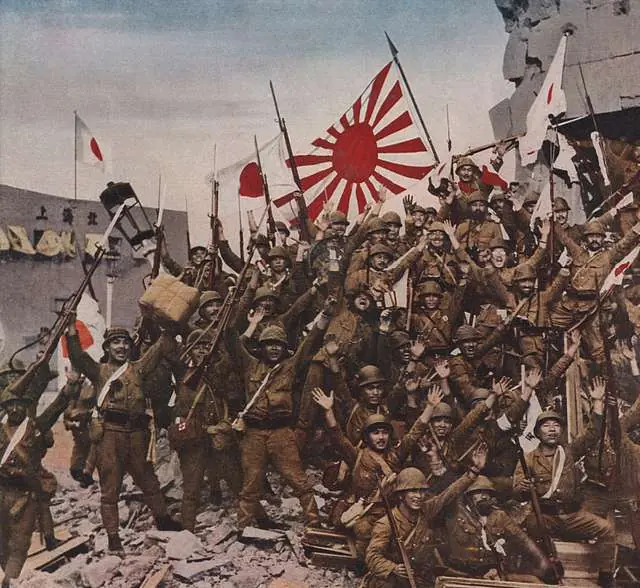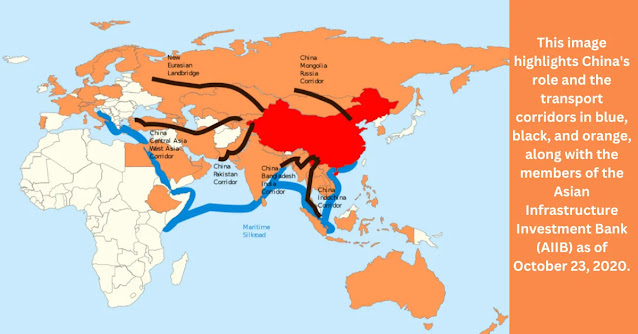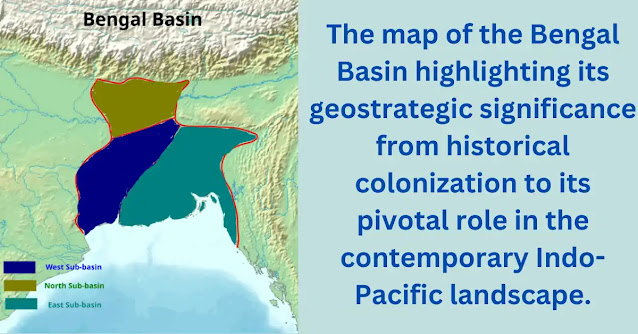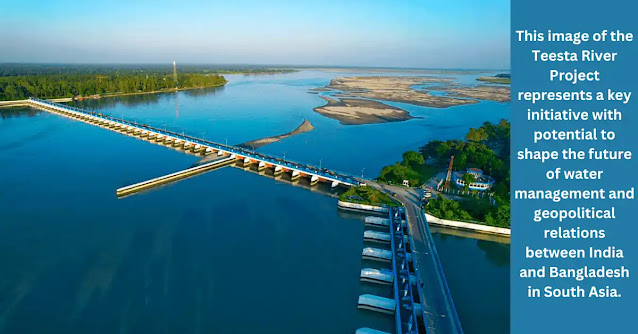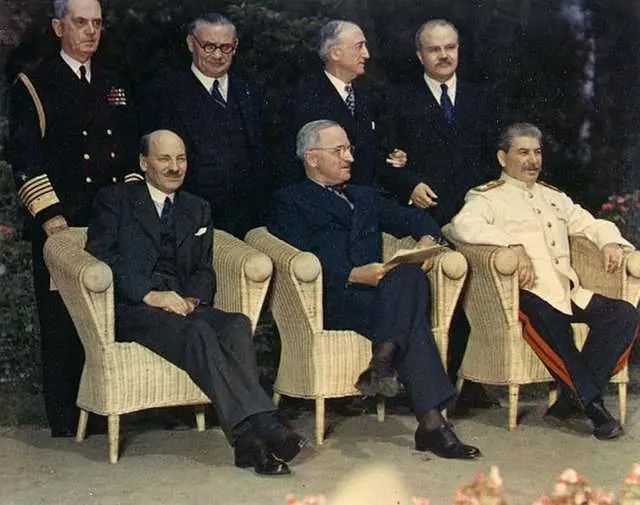Sittwe port: A Triumph of India’s maritime strategy
In April 2009, India and Burma signed a framework agreement for a 120-million USD project on the Kaladan River, aiming to connect Sittwe Port with Mizoram, India, marking a significant step in India’s geopolitical strategy.
On May 9, 2023, the first Indian cargo ship reached the newly opened Sittwe Port in Myanmar’s Rakhine State. The inauguration ceremony was attended by India’s Minister for Ports, Shipping, and Waterways, Sarbananda Sonowal, along with Myanmar’s Deputy Prime Minister and Union Minister for Transport and Communications, Tin Aung San.
The operationalization of the Sittwe Port marks a significant milestone in India’s maritime strategy. It is part of the Kaladan Multimodal Transit Transport project, aimed at unlocking Northeast India’s access to Southeast Asia. The port’s opening is expected to enhance bilateral and regional trade, contributing to the local economy of Myanmar, and creating employment opportunities in the region. India has also secured the authority to manage the Sittwe Port in Myanmar through India Ports Global (IPGL), a joint venture between Jawaharlal Nehru Port Trust and Deendayal Port Trust. This marks a significant advancement in regional power play.
 |
| Image Credit: Wikimedia Commons, Kaladan Multi-Modal Transit Transport Project |
This strategic integration aims to connect Eastern and North-Eastern India via Myanmar, reducing transportation costs and reliance on the Siliguri Corridor and Bangladesh. The port’s strategic location on the Arakan coast of Myanmar’s Rakhine state makes it a critical player in the dynamic geopolitics of the Indian Ocean Region, influencing the diplomatic landscape between India and China. India’s success in managing the Sittwe Port underscores the importance of international partnerships in its maritime strategy, enhancing regional diplomacy and promising significant economic benefits for the region.
💻 Table of Contents:
- Introduction and Significance of Kaladan Project
- India’s Strategic Autonomy: A Balancing Act in Global Affairs
- US-led Indo-Pacific Strategy Bolsters India’s Geopolitical Standing
- India-Japan Alliance: A Pillar of India’s Advancement in the Indo-Pacific Region
- China-Myanmar Railway Line: Implications for India
- India’s Strategic Dilemma in Myanmar
Introduction and Significance of Kaladan Project:
The Kaladan Project is a multi-modal transit transport initiative aimed at enhancing connectivity between India and Myanmar. Launched in 1991, this US$484 million project includes road and waterway components. It is a significant part of India’s Act East Policy, emphasizing strategic and economic cooperation between the two nations. New Delhi views this project as a crucial link connecting the isolated northeastern region of India to the Indian Ocean, poised to catalyze economic growth.
Reduced Distance:
The Kaladan Project will significantly reduce the distance between Kolkata and Mizoram compared to the existing land route through Bangladesh. By providing a shorter and more efficient route, it will facilitate faster and cheaper transportation of goods, thereby enhancing trade between the two countries.
Strategic Importance:
Beyond its economic benefits, the project holds immense strategic significance for India. By providing an alternative route to India’s northeastern states, it bypasses the narrow Siliguri Corridor, also known as the “Chicken’s Neck.” This will ensure greater security and reliability in transportation to and from the region.
Economic Development:
The Kaladan Project is expected to catalyze economic development in India’s northeastern states by providing better access to international trade. By improving connectivity, it will enable these states to integrate more effectively into regional and global supply chains, fostering economic growth and development.
The Kaladan Project, despite facing delays due to various challenges such as the construction of hydroelectric projects on the Kaladan River, the Rohingya crisis, and political instability, remains a crucial initiative in India’s efforts to enhance regional connectivity and foster economic development in its northeastern region.
India’s Strategic Autonomy: A Balancing Act in Global Affairs
India’s geopolitical strategy is guided by its Strategic Autonomy doctrine in foreign policy. Under this strategy, India has strengthened its nuclear weapons program and forged military and economic relationships with powerful countries such as the United States and Japan. This has led to India’s transformation from a struggling developing nation to an emerging economy and a rising global power. India’s active participation in key international groups like the Quad, BRICS, G20, and the Shanghai Cooperation Organization reflects its expanding geopolitical influence and its bid for permanent membership in the UN Security Council. Finally, India also aspires to be a “balance shaper,” not a follower.
Favoring a multipolar international order, India seeks a major role in shaping the global agenda. To achieve this, India strives to build new, flexible partnerships and has focused on a network of strategic partnerships characterized by defense cooperation that encompasses arms transfers, military exercises, and intelligence sharing. This approach aims to diminish India’s dependence on great powers and retain its strategic autonomy.
US-led Indo-Pacific Strategy Bolsters India’s Geopolitical Standing:
India’s Integration into the US-led Indo-Pacific Strategy Strengthens Geopolitical Position, initiated by the Biden administration in 2022, has not only enhanced regional security and prosperity but has also significantly boosted India’s geopolitical standing.
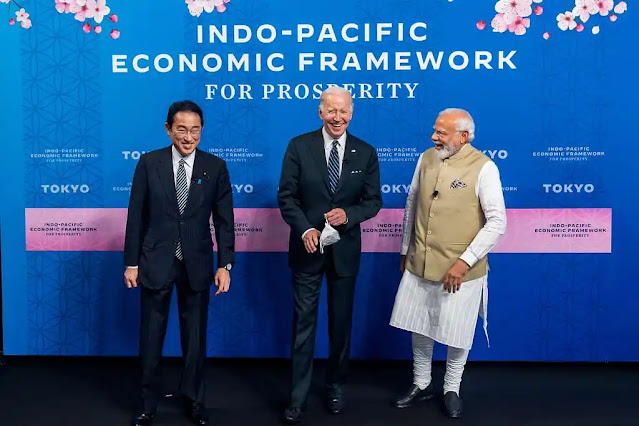 |
| Image Credit: picryl, President Biden launched the Indo-Pacific Economic Framework in Tokyo |
Under this strategy, the United States has strengthened partnerships with key Indo-Pacific allies, including Japan, Australia, ASEAN nations, and notably, India. The elevation of the Quad (US, Australia, India, and Japan) to a leader-level summit has been a major milestone, resulting in concrete outcomes such as vaccine distribution and enhanced maritime security.
India’s active participation in this strategic framework has further solidified its position in the Indo-Pacific. President Biden’s focus on the region is evident from the fact that three out of four official state visits he hosted were with leaders from Indo-Pacific countries – South Korea, India, and Australia.
The establishment of the historic AUKUS partnership between Australia, the UK, and the US underscores the growing importance of the Indo-Pacific in global geopolitics. Moreover, this strategy has facilitated closer ties between Europe and the Indo-Pacific, recognizing the significant impact that challenges and opportunities in one region have on the other.
India’s alignment with this strategy has not only strengthened its regional influence but has also
reinforced its commitment to a free, open, and inclusive Indo-Pacific. As the region experiences heightened strategic competition, India’s active participation in this strategy advances its interests and strengthens its vision for the region.
The opening of the Sittwe Port, as part of India’s maritime strategy, symbolizes India’s commitment to enhancing regional connectivity and reducing reliance on traditional transit routes, promising significant economic and geopolitical benefits for the region.
India-Japan Alliance: A Pillar of India’s Advancement in the Indo-Pacific Region
During his diplomatic visit to East Asia, India’s Foreign Minister, Subrahmanyam Jaishankar, prioritized strengthening security, economic cooperation, and political ties, visiting South Korea and Japan from March 5th to 8th, 2024.
In Tokyo, Jaishankar held the 16th India-Japan strategic dialogue. The two countries agreed to expand bilateral security cooperation, focusing on military equipment, technology transfer, space research, and cybersecurity. This comes amidst growing concerns about China’s assertive economic and military actions in the Indo-Pacific region.
💻 You May Also Like:
- 450 Years of Portuguese Rule in Goa: A Colonial Legacy Explored
- Alauddin Khilji’s Imperial Expansion & Siege of Chittorgarh
The visit marked a significant milestone in India-Japan relations, emphasizing a shared commitment to peace, prosperity, and stability in the Indo-Pacific. They aim to invest five trillion yen in Indian infrastructure, particularly in the Mumbai-Ahmedabad high-speed railway. With India’s population of 1.4 billion, it presents itself as a leading power among developing countries, advocating for collective influence among nations of the Global South. Jaishankar’s meetings in Japan underscored unequivocal support for the India-Japan alliance.
On February 20, 2024, Japan committed a loan of 232.209 billion yen (approximately Rs 12,800 crore) for nine projects across various sectors in India, including the North East Road Network Connectivity. The agreement, signed by Vikas Sheel, Additional Secretary, Department of Economic Affairs, and Suzuki Hiroshi, Ambassador of Japan to India, highlights the long-standing bilateral development cooperation between the two nations since 1958.
China-Myanmar Railway Line: Implications for India
China Railway Eryuan Engineering Group Co (CREEC) has started a survey for the Muse-Mandalay-Kyaukphyu railway, part of the China–Myanmar Economic Corridor (CMEC) and the Belt and Road Initiative (BRI).
This proposed railway line, stretching from Kunming in China to two ports in Myanmar, is situated close to the India-funded Sittwe port. India is closely monitoring this development in light of its plans to connect corridors in the Bay of Bengal region as part of its Indo-Pacific strategy.
The China-Myanmar railway project could potentially pose challenges for India, altering the strategic landscape of the region. As China expands its infrastructure projects in Myanmar, India is assessing the implications this railway line could have on its own strategic interests and connectivity plans in the Indo-Pacific region.
India’s Strategic Dilemma in Myanmar:
India’s strategic engagement with Myanmar faces significant challenges due to the escalating conflict in the region, particularly in Rakhine State, where the Arakan Army (AA) has gained control over vital areas along the Kaladan Multi-modal Transit Transport Project (KMTTP). The project, aimed at enhancing connectivity between India’s eastern coastline and its northeastern states through Myanmar, is crucial for India’s Act East Policy and regional integration efforts.
Despite the Arakan Army’s (AA) promises not to disrupt the Kaladan project, its control over vital areas poses a significant challenge for India. India must balance its relations with the Myanmar Junta and other factions to protect its strategic interests. With the political landscape in Myanmar rapidly changing and the Junta’s grip loosening due to intense conflicts with ethnic insurgent groups like the AA, India finds itself at a critical juncture.
 |
| Image Credit: Flickr, Cox’s Bazar, the world’s largest refugee settlement |
The shifting alliances and power structures within Myanmar necessitate a flexible and adaptive approach from India to protect its strategic interests while respecting Myanmar’s sovereignty. Additionally, with over 45,000 Myanmar nationals seeking refuge in Indian Border States, India faces the challenge of managing the refugee influx and ensuring regional stability, further complicating its strategic dilemma in Myanmar.
Conclusion:
India’s strategic maneuvers in the Indo-Pacific, demonstrated through the operationalization of the Sittwe Port in Myanmar and the advancement of the Kaladan Project, signify its commitment to enhancing regional connectivity and reducing reliance on traditional transit routes. The successful establishment of the Sittwe Port stands as a triumph of India’s maritime strategy, strategically integrating the Kaladan Project and underscoring its dedication to regional development and connectivity.
Despite challenges posed by China’s expanding influence, India’s Strategic Autonomy doctrine, evidenced by its diverse international partnerships, positions it as a significant player in shaping the global agenda. The long-standing alliance between India and Japan serves as a pillar of India’s advancement in the Indo-Pacific, strengthening security cooperation, enhancing economic ties, and fostering political relations between the two nations. This alliance significantly benefits India’s geopolitical position in the Southeast Asian region.

